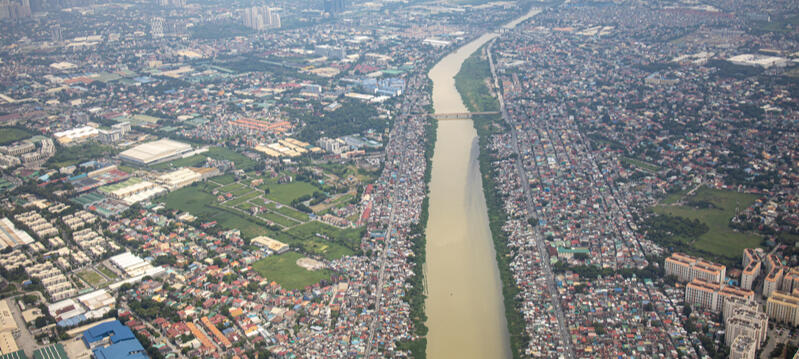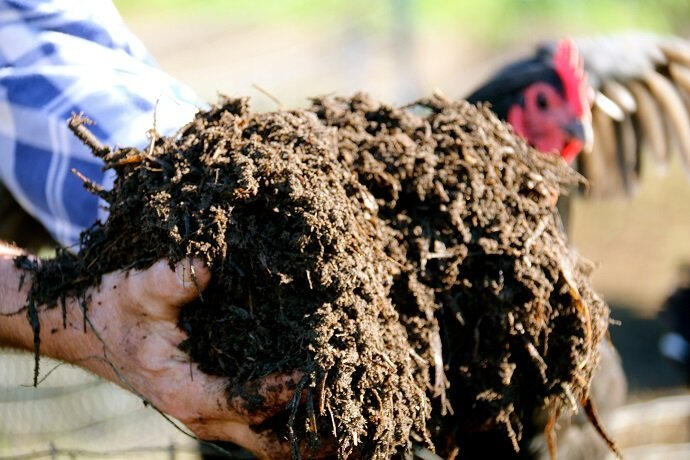The DO-BOD Imbalance of Pasig River
AND WHY IT'S A PROBLEM
Metro Manila houses the Pasig River, a body of water victim to anthropogenically-induced demise. Growing rates of population, industrialization, and economic activity have directly influenced the pollution of the Philippines’ bodies of water (Gorme et al. 2010). Specifically, one aspect greatly affected is the functionality of ecosystems.Pasig river no longer has a thriving ecosystem as shown in how its biological oxygen demand (BOD) and dissolved oxygen (DO) levels are at a constant imbalance, with BOD being higher and DO being lower than they should be.
In 1990, Pasig River was classified as biologically dead, incapable of sustaining marine life
(Johnson and Simonette 2019).
The Pasig river failed to meet the DENR standard levels of a 5mg/L minimum DO and a 7 mg/L maximum BOD, respectively, belonging to Class D.
In the Five-Year Average Water Quality Level from 2009-2014, the river’s BOD level was reported to be 30.79 g/mL while the DO was only 2.85 g/mL (PRRC 2014).
Most rehabilitation attempts were short-lived as agencies involved had overlapping responsibilities, inadequate funding, etc. (Cruz 2013).
problem
Lack of ecosystem, flooding,
disease, sewage system
Solution
Effective Microorganisms
(EMAS EM1/EM Mudballs)
PROPOSAL
Incorporation of EM into Pasig River
with EM mudballs
WHAT CAN WE DO?
Even if you aren’t a member of the community
living around the river, you can do your part as well!
Take Care of your TrashThe best way to keep pollution out of our waters, next to not creating trash at all, is to make sure that we’re disposing of it properly. While we are still individuals, we can do our part and make sure that our trash goes where it belongs.You can also harness the power of EM right at home: it can be used in composting, which gives you fertilizer for your garden while making sure that certain types of trash decompose much more quickly.

Raise awarenessSpeak up not just about the Pasig River, but also about the detrimental effects that pollution anywhere can have on our ecosystems.As individuals, we can advocate for better practices in companies, using our power as consumers.

WHY IS IT A PROBLEM
River’s current visual:
The river is currently infested with water hyacinths (Eichhornia crassipes) that further decrease DO by its blocking of sunlight.
Only 6 of the 25 fish species and 2 of the 13 aquatic plants species the river used to house remain.
From the 2009-2014 report, the BOD level was 30.79 g/mL while the DO level was only 2.85 g/mL.

The Problem:
BOD: Biological Oxygen Demand. This refers to the amount of oxygen needed to support bacterial degradation of organic matter.
DO: Dissolved Oxygen. This is the amount of oxygen dissolved in the water and available for organisms in it to use.Together, they give an indication of the health of a water body. The DO and BOD imbalance poses a great risk to the viability of the
river and its surrounding water bodies. This imbalance increases the demand for oxygen despite its sources being scarce. As a result,
the river can’t support a functional and balanced ecosystem.From 1999 to 2010, there was a recorded substantial increase of BOD and decrease of DO in the Pasig River (Gorme et al. 2010).
Factors of BOD-DO Imbalance
○ Pollution
○ Improper Waste Management
○ Lack of strategic rehabilitation program
○ Lack of treatment facilities and resourcesThe low levels of DO are particularly attributed to the high discharge of domestic and industrial wastes near the river’s vicinity (Manila Water Company 2008). Additionally, out of 1,652 rivers in the Philippines, Pasig River contributes the most plastic pollution to the ocean (Enano 2021). This is preceded by ineffective local efforts at minimizing illegal dumping and pollution.
THE AFFECTED
Communities near the river:
Community members can no longer use the river’s resources for day-to-day activities. Proximity to the pollution affects their health. Pollution also increases chances of flooding in the area.
Global ecosystems:
The Pasig River holds the title of most polluting river in the world in terms of plastic, according to Meijer et al. (2021), with that pollution entering the world’s oceans. Efforts to rehabilitate it and improve its health will inevitably affect ecosystems around the world for the better.
Effective Microorganisms & DO and BOD
In response to this issue, this project aims to employ the use of Effective Microorganisms (EM) in combating the DO and BOD imbalances within Pasig river. Along with other efforts such as reducing water hyacinths, clearing trash, and stopping the influx of more pollution, this can help rehabilitate the river. EM refers to the varying concoction of about 80 species of beneficial microorganisms capable of numerous functions.
These include:
Fixing atmospheric nitrogen
Decompose organic wastes and residues
Detoxify pesticides
Suppress plant diseases and soil-borne pathogens
Enhance nutrient cycling
Produce bioactive compounds such as vitamins, hormones and enzymes that stimulate plant growth

